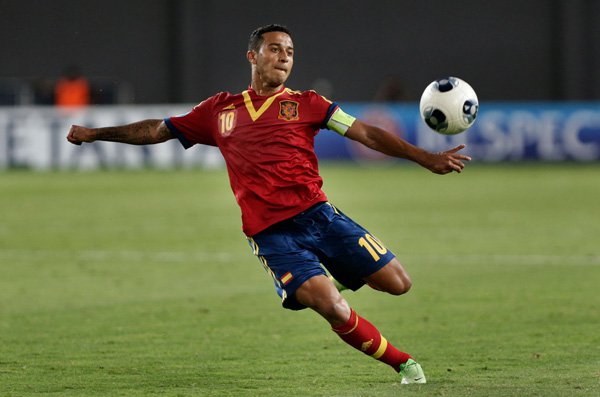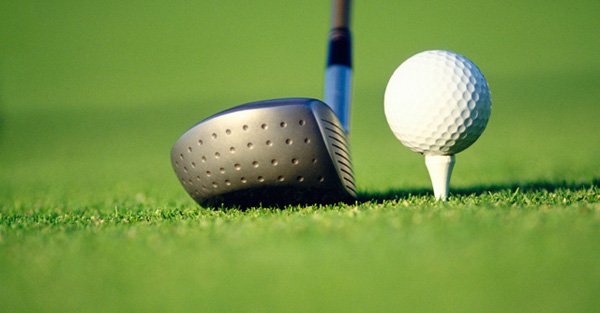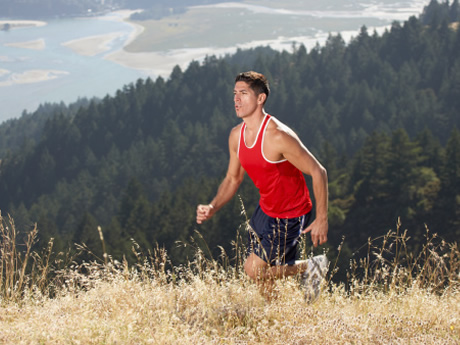HSS Club Lie, Length, Grip and Distance
Question
QUESTION: Hi Paul,
I have watched so many videos on golf that I have lost count, and I still like the Heard Super Swing the best! I do have a few questions. First, I have had my clubs adjusted for lie and loft on a lie board. I was, however, using a standard swing at the time. Would the lie be different when using the HSS? Also, do you recommend changing the length of one's clubs for the HSS swing. I use a tad shorter than normal now due to my wrist to floor measurement, but with HSS it is a single plane. The natural golf folks recommend bigger grips, but you don't mention this for HSS.
Also (pardon all my questions, but as you can see I'm very excited about communicating with you), I use pure blades (like Kenneth Smith or Raven), because that's what I played when I played in high school. I can't seem to hit bulky cavity backs. Am I at a disadvantage when playing HSS style?
Finally, I seem to be losing a bit of distance without the traditional wrist roll in the standard swing. Is this typical? If not, any ideas what I am doing wrong. In other words: Will the HSS swing hit the ball as far as a traditional swing for any given individual.
Again, thanks for creating a world-class golf video.
ANSWER: Howard,
Thanks for your compliments and your questions. I'll do my best to answer all of them.
There should not be any reason to adjust your lofts but you may need to adjust your lie angles. A one plane swing system is apt to present the club at impact in a slightly flatter orientation than if using a conventional set up. The way to find out is through the use of a lie board and taping the bottom of your irons. If I were you, I'd find a qualified club fitter in your area to do this for you. Most PGA professionals can do this.
I don't recommend longer clubs or bigger grips. For some people they might be better but it's certainly not a universal matter. If you got better ball flight, distance and consistency with longer shafts and/or bigger grips I'd go for it...but I doubt that you will.
Regarding blades vs cavity back clubs...I would recommend cavity backs for most. But since you've tried them and they just don't seem right for you...end of story. Most golfers could use all the "forgiveness" they can add to their game, but you must be a better player and the blades seem best in your case. Stick with what works.
Most people employing the HSS method will gain distance because the hit the ball on the center of the clubface more often. Off-center hits are the biggest reason that most player lose distance. The other major factor in adding distance, swing speed, should not be appreciably slower. You are still loading your wrists and unloading them at impact in the HSS. It's true that you should not be rolling your wrists until after impact but that does not mean the wrists are not used. You are achieving a good wrist set on your backswing (at least 90 degrees) and then letting that angle release as you near impact. That's where the speed in the wrists comes into play...not from rolling them.
Wrist roll is required in the traditional method in order to get the clubface square to the target line. Using the HSS, this is not required because you keep the face square at all times.
Hope my answers help you. Good luck Howard.
Best regards,
Paul
---------- FOLLOW-UP ----------
QUESTION: Paul,
Thanks for taking the time to respond to all my questions in my last e-mail! Indeed, you are performing a valuable service. I do have a final question. When I hit a bad shot I almost always hit it on the toe of the club . . . and it doesn't matter whether the club is an iron are a wood. Different brands of clubs and the shaft length is seemingly irrelevant. Is there a typical error that causes toe hits? I'm all ears. Thanks in advance for your expertise
Answer
Hi again Howard,
Yes, typically when the ball is making contact with the toe of the club it means the clubhead is traveling on an outside to inside swing path. Also, the club is coming toward the ball from a fairly steep angle.
The term that one hears most often to describe this is "over the top". That happens when the first direction the club makes at the beginning of the downswing is "out" rather than down.
As you no doubt know...the downswing is a combination of two directional movements. The club is above the ground (where the ball resides) and it is well inside the target line (where the ball also resides). So to get the club to make impact, the clubhead must move both down to the ground and out to the ball. But in golf, the key is to add the right proportion of each at the right time. A clubhead that is moving down the plane line properly has the right proportion of down and out.
An "over the top" downswing is a clubhead that is moving out too much and too soon and then down. This may very well be your issue.
The answer is as simple as it would seem. At the end of your backswing, before you begin the downswing, practice making sure that you allow your arms to drop just a little before you start turning your shoulders back around toward the target. Some find it helpful to think of the word "downswing" in two parts. Down and then Swing. Let the club fall down, and then swing or turn toward the target second.
In the HSS we are attempting to swing the club back and through on the same plane. In practice it may not be the exact same plane but the closer you can make the backswing and the downswing, the simpler your swing will be and the more consistent your ball striking will be.
Best of luck to you. Hope I've helped...
Paul
turning pro at golf
professional golf


